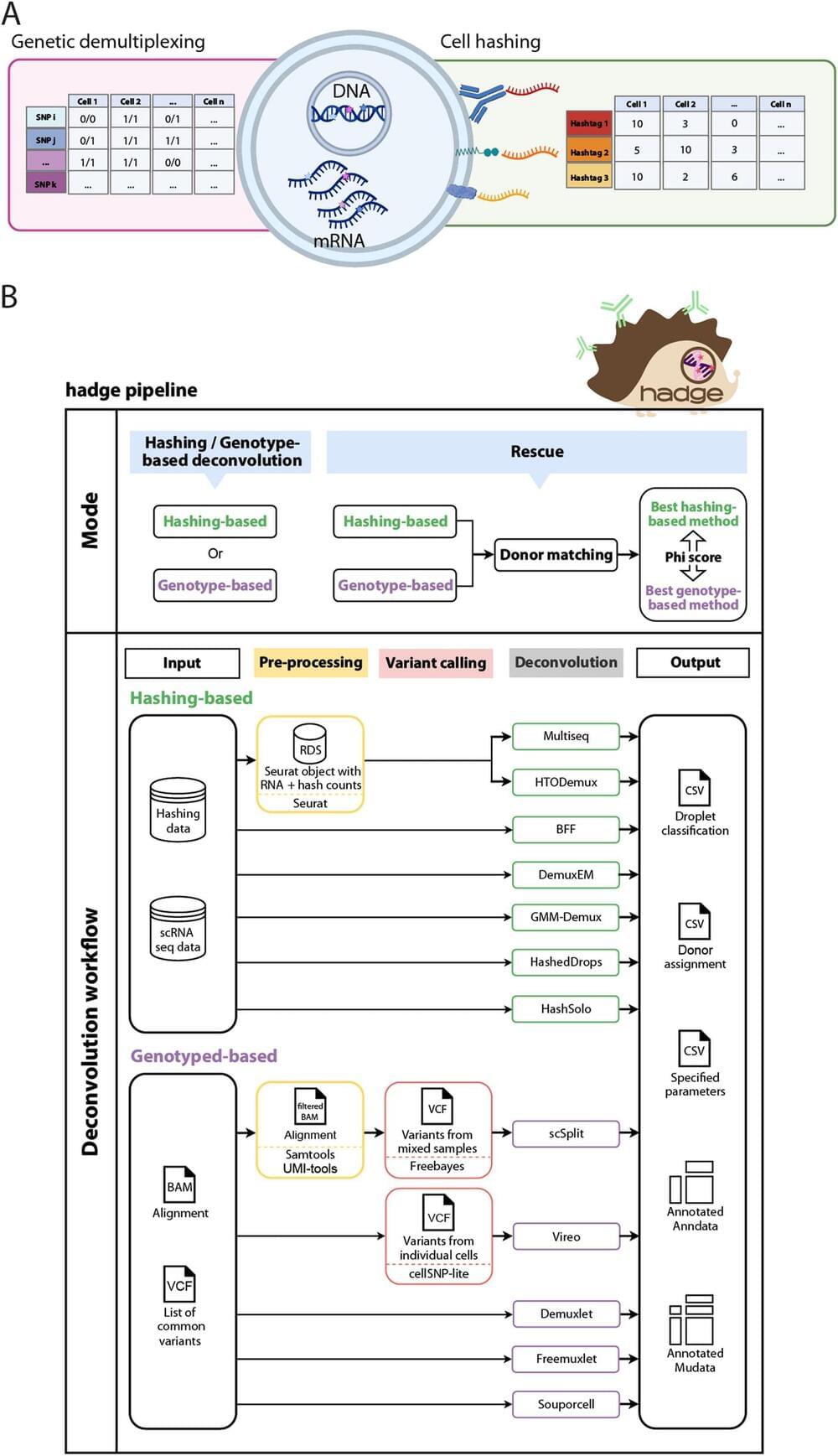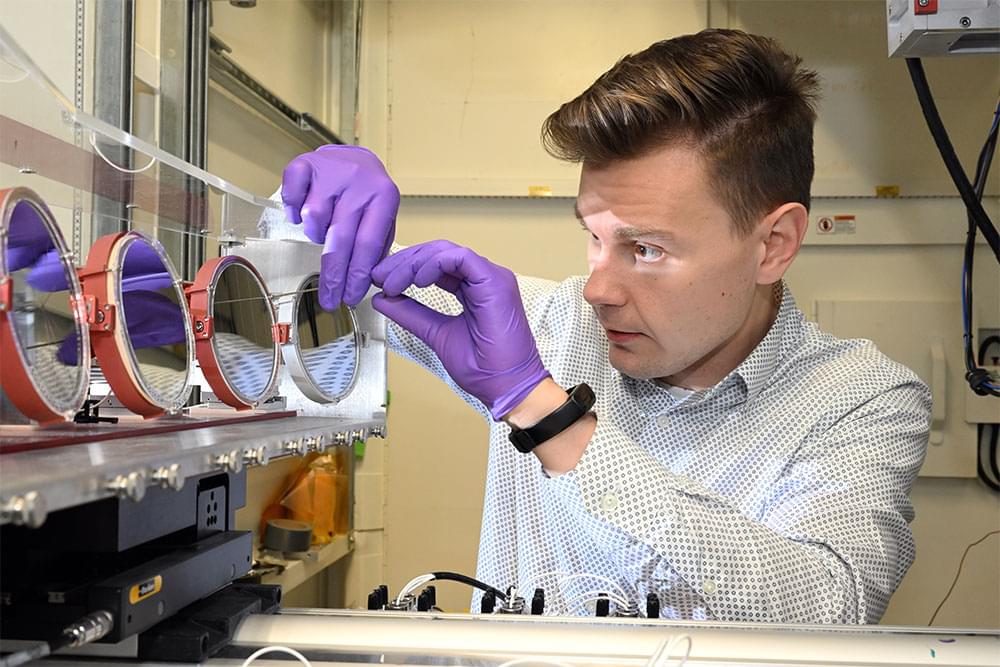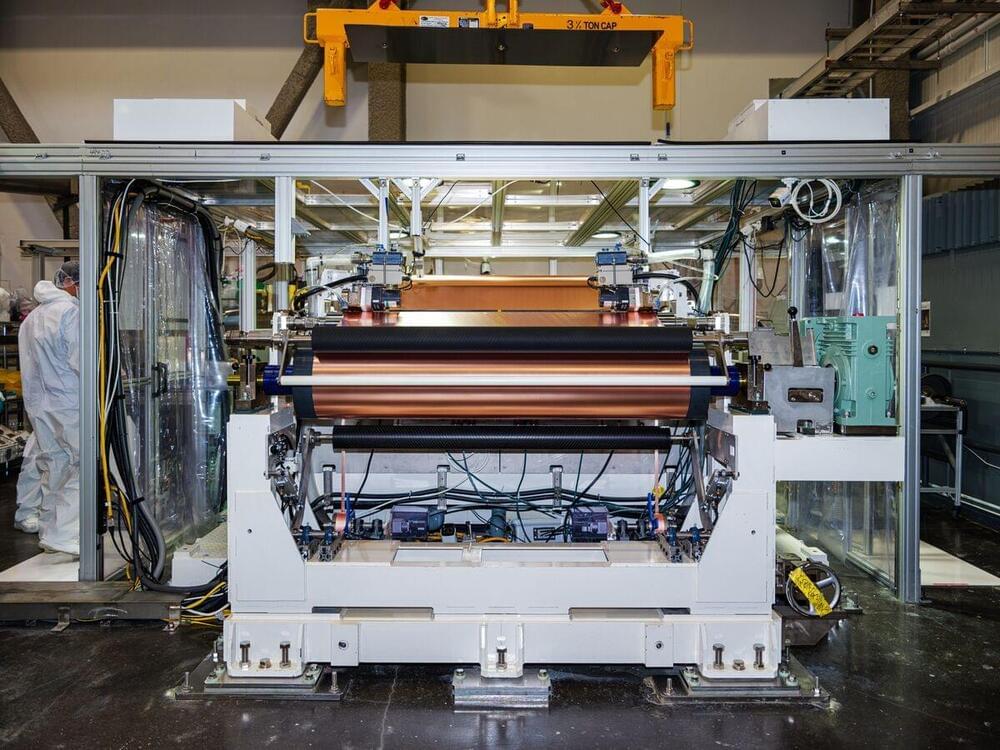Single-cell multiplexing techniques (cell hashing and genetic multiplexing) combine multiple samples, optimizing sample processing and reducing costs. Cell hashing conjugates antibody-tags or chemical-oligonucleotides to cell membranes, while genetic multiplexing allows to mix genetically diverse samples and relies on aggregation of RNA reads at known genomic coordinates. We develop hadge (hashing deconvolution combined with genotype information), a Nextflow pipeline that combines 12 methods to perform both hashing-and genotype-based deconvolution. We propose a joint deconvolution strategy combining best-performing methods and demonstrate how this approach leads to the recovery of previously discarded cells in a nuclei hashing of fresh-frozen brain tissue.
Vincent Dransfield, 110, lives alone and drives his car every day. He credits movement, milk, and strong relationships with giving him longevity.
Scientists explore alternative catalyst materials for affordable, stable hydrogen fuel cells.
The computer scientist Ellie Pavlick is translating philosophical concepts such as “meaning” into concrete, testable ideas.
The team claims to have generated 1G of thrust without any propellant. If true, it would be revolutionary.
Astrobot’s S1 humanoid showcases unprecedented speed and dexterity in household tasks, marking a notable advancement in robotics.
The hypertension drug rilmenidine has been shown to slow down aging in worms, an effect that in humans could hypothetically help us live longer and keep us healthier in our latter years.
Previous research has shown rilmenidine mimics the effects of caloric restriction on a cellular level. Reducing available energy while maintaining nutrition within the body has been shown to extend lifespans in several animal models.
Whether this translates to human biology, or is a potential risk to our health, is a topic of ongoing debate. Finding ways to achieve the same benefits without the costs of extreme calorie cutting could lead to new ways to improve health in old age.
Russian military intelligence hackers have been exploiting a Windows vulnerability since at least 2020 according to a new Microsoft report. Here’s what you need to know.
When human labor is hidden under the veneer of a robot or AI tool, that’s “fauxtomation”
Battery recycling drops from ~25,500 miles to ~15,000 miles the C02 breakeven point for EVs compared to ICE.
Are electric cars really that much better for the environment? With recycling, the question is a no-brainer.









